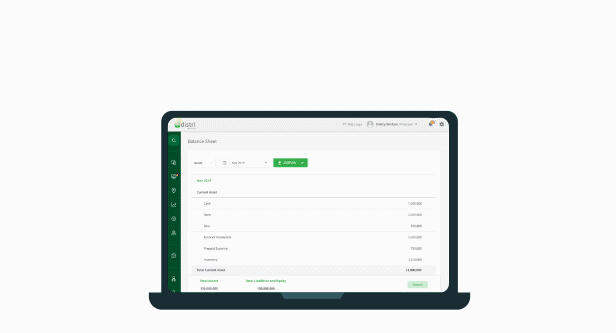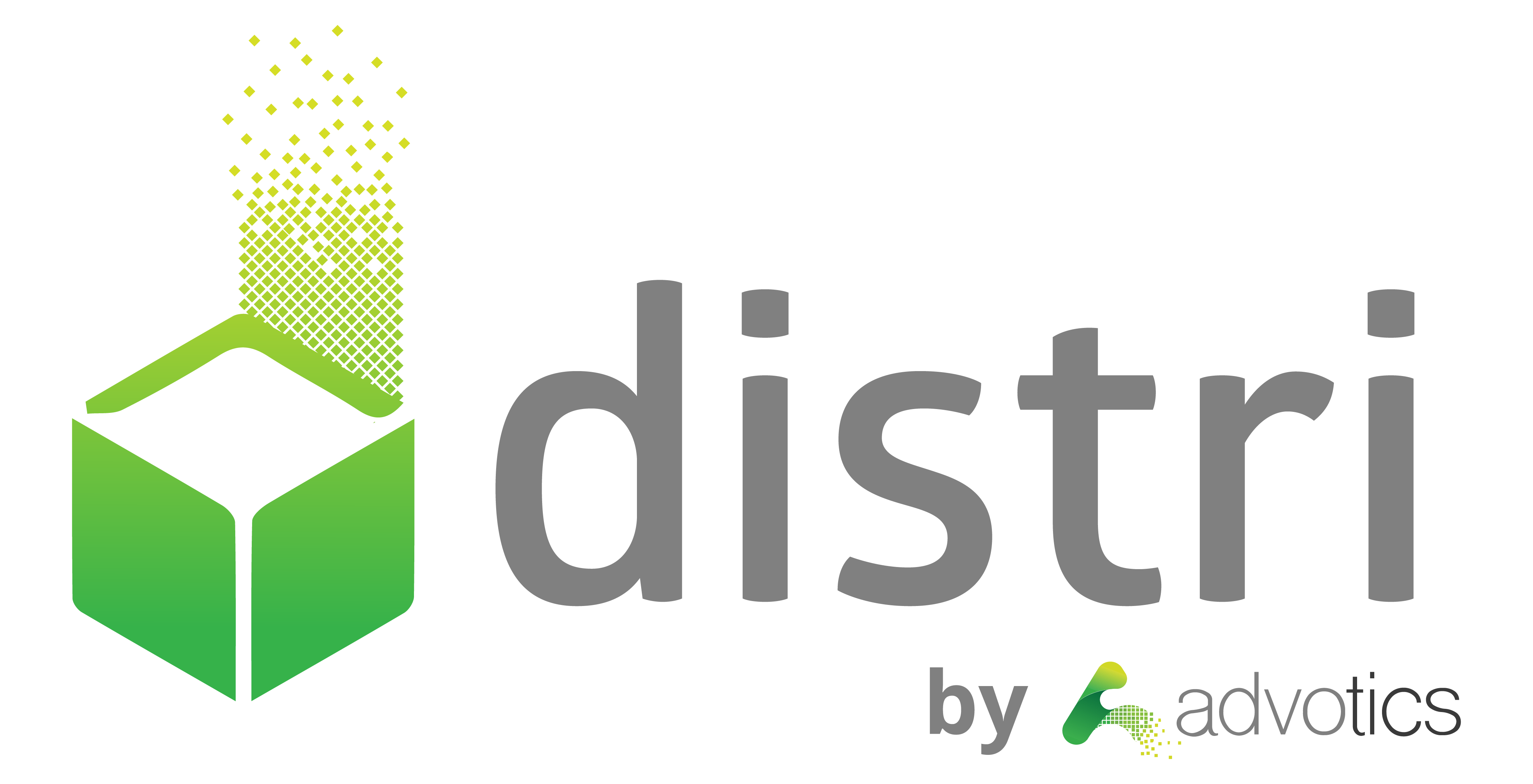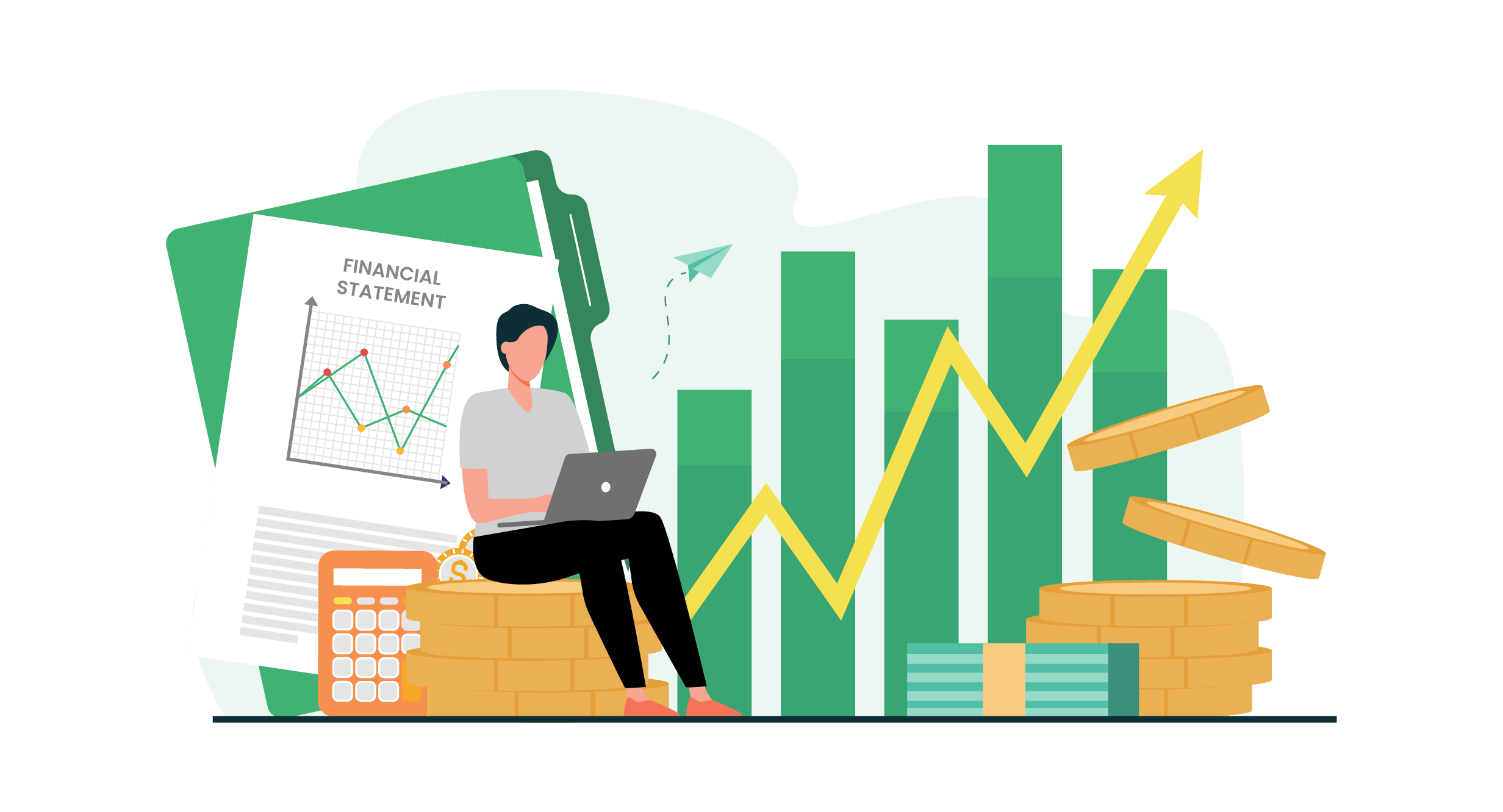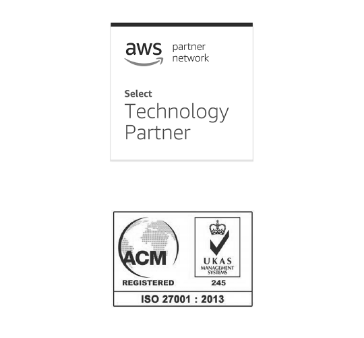Table of Contents
Financial statements and reports are essential in running a business, but they are often overlooked. This record provides information about business performance. Not only to determine whether your business is making a profit or loss, but to be used as a reference for decision-making.
Financial statements contain information related to all financial transactions that occurred in the business during a period; either daily, weekly, monthly, or even yearly. This record will be beneficial, especially for new business players. For example, when they need a capital injection and apply for a loan from a bank, potential investors and banks need to see these financial statements.
In addition, to see if the business is going well, stakeholders can evaluate not only how high are the sales figures, but also how much profit that the company gets. The net profit can only be seen after subtracting the income from the total expenses and business capital. This is where cash flow records and other financial statements are needed.
3 Major Financial Statements in Business
1. Cash flow statement
This report describes the inflow and outflow of cash in real-time. Cash inflows can come from sales, funding, bank loans, etc. In contrast, cash outflows are from expenses or costs for operational activities, asset investment, and others.
This report generally presents the beginning cash balance, cash inflows & outflows, and ending balance. This is where you can see the velocity of money in the business. Future cash flows can also be predicted. So, with the right strategy to take advantage of current opportunities and anticipate changing conditions, the cash flows can be controlled.
2. Income Statement
This report shows the income and expense activities of the business in detail. If the income value exceeds the total expenditure, the company is experiencing a profit. However, suppose the opposite happens (the value of expenses is greater than the total income). In that case, your business is at a loss. Therefore, this report shows the company’s performance from time to time.
With this report, stakeholders can also determine the company’s financial condition in the period made. They can use that as a reference for evaluating and planning appropriate policies and strategies for further business development.
3. Balance Sheet
This balance sheet includes a combination of all financial statements. Shows the financial position of the business in real terms, which includes several elements such as assets, liabilities, and capital. Assets are all assets owned by a company. Be it intangible assets such as patents, trademarks, or fixed assets such as:
- property, equipment, or machinery
- current assets such as cash or assets that can be converted into money within one year, for example account receivables
Liabilities consist of long-term debt and current debt. In contrast, capital is the difference between assets reduced by debt. Therefore, this balance sheet data should not have the slightest difference between total assets and total liabilities plus capital.
Constructing the three financial reports above is not easy. It can only be done by skilled staff, because it requires knowledge and ability in the economic field. Not to mention, other business reports, such as sales, employee performance, and others. Doing it manually will take a lot of time and effort, and is prone to human error.
Read more: Benefits of Using One System to Manage Your Entire Business
To make the financial statements above easier, you can use an accounting system such as distri.

With various attractive features integrated directly with sales, invoices & stock, the Distri accounting system makes recording and reporting business financials easier, faster and more accurate. As a result, financial reports are prepared in an organized, timely and detailed manner. AUTOMATIC & PRACTICAL.
Try the Distri accounting system for free via the following link:







